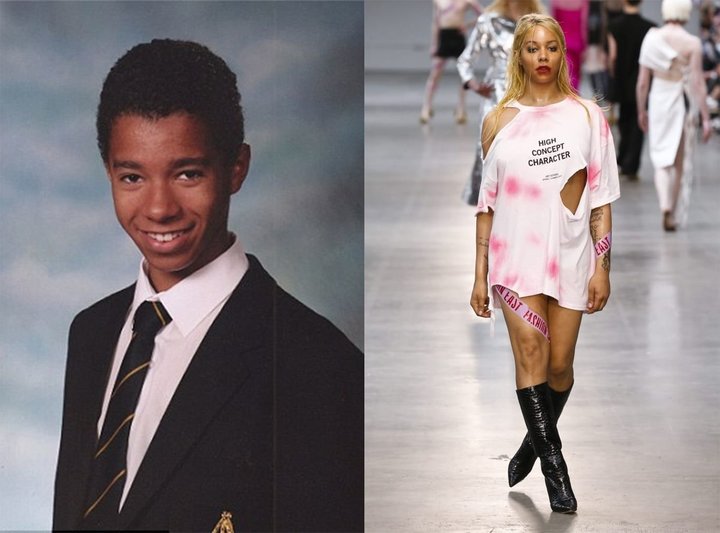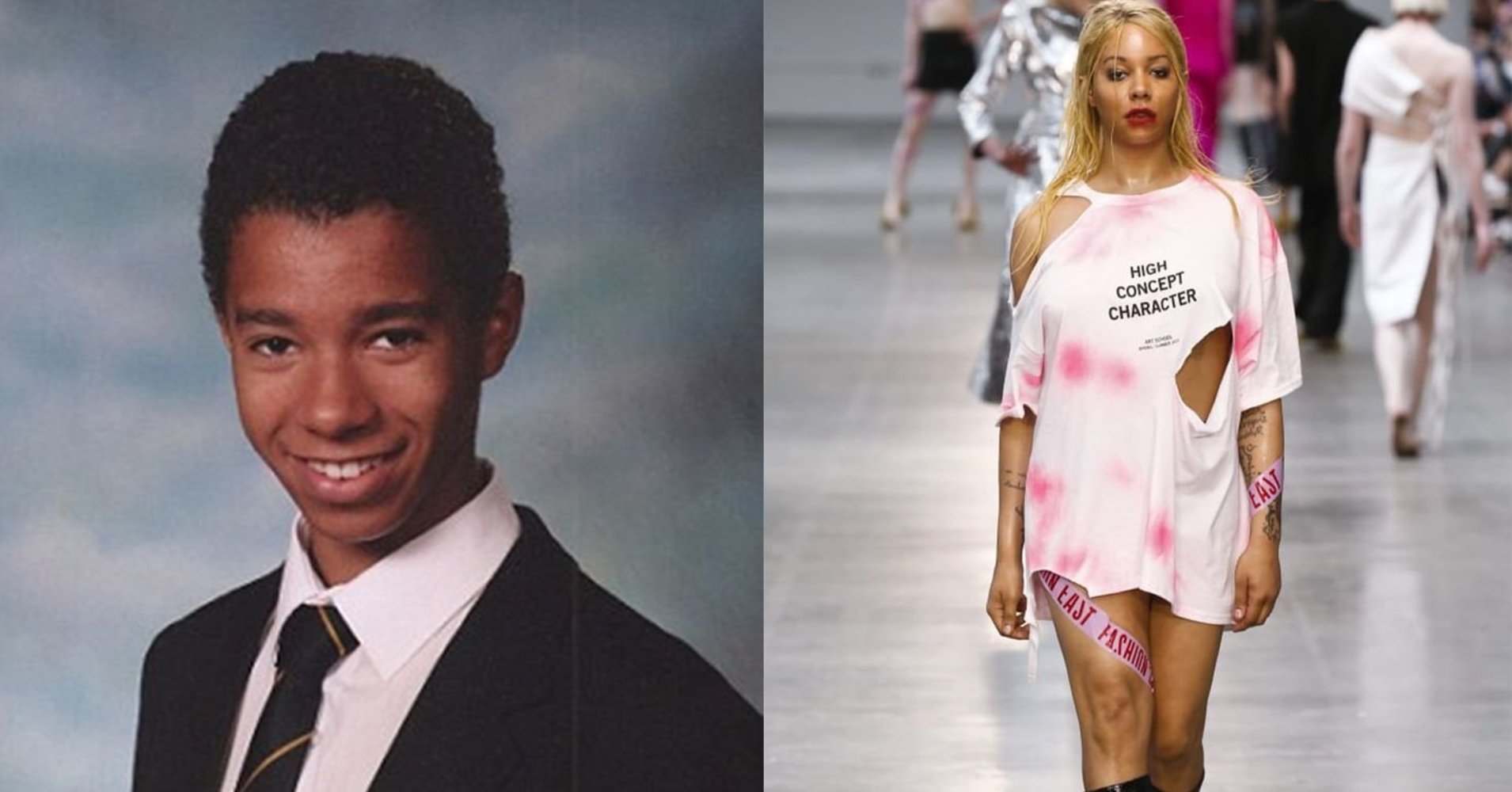[ad_1]
Welcome to Yahoo Lifestyle, Pride Edition, commemorating Pride Month —June — with a collection of stories celebrating the resilience of LGBTQ people, from celebs, including Adam Rippon and Karamo Brown, to trans women and men discovering their inner power through a unique beauty clinic and queer youth receiving vital support from their gay elders after aging out of the foster system. And so, as they shout in the streets: “We’re here, we’re queer — get used to it!”
British-born transgender model Munroe Bergdorf has a face for high fashion — and cosmetics ads. She was the star of L’Oréal’s groundbreaking U.K. campaign in 2017. But she has an equally powerful voice to match (and it got her fired from the L’Oréal campaign because of her outspokenness on race). Bergdorf’s modeling career bolstered her ability to speak publicly about her gender transition, but the road to finding her voice, she tells Yahoo Lifestyle, was a slow and arduous one.
“I felt ashamed of who I was,” she says, noting that, as the only black teenage boy in her school when she was growing up, she led a very solitary life devoid of friendship and understanding. “I was never a boy in my head, but I outwardly presented as one.”
As a teenager, Bergdorf, now 31, dealt with a traumatizing amount of racism and discrimination because “no one wanted to be friends with the queer kid,” she admits. “I was really heavily bullied in high school, and it really made me go into myself. Like a lot of queer kids who are bullied, it’s almost like the bullies know you can’t say anything. You don’t even know who you are as a person yet, and you’ve got the bullies saying ‘You are this; you are that.’”
Through her journey with gender dysphoria, however, she found a silver lining in her isolation: Her independence allowed her the time to recognize her true identity. Modeling herself after icons she praised, such as Boy George and Prince, she says she was able to start embracing who she was. “I started identifying as gender nonconforming when I went to university,” she says, “and started feeling comfortable in expressing my gender in an androgynous way.”

Photos: Courtesy of Munroe Bergdorf
Bergdorf’s voice grew louder at age 24 once she was started modeling (and transitioning), but her ability to defend her identity was again thwarted when a stranger began stalking her; he eventually raped her. “I started experiencing posttraumatic stress disorder, flashing back to moments of extreme trauma. That really set me back. [The authorities] never found him, but eventually I started speaking about it … to anyone who I felt would understand, especially trans women of color who have experienced violence from men.”
Bergdorf notes, “The average life expectancy of a trans woman of color is 35 years, and that’s because of male violence largely. Statistically, I’ve got four years left on this earth. That statistic makes me angry, but it also makes me determined to try to be the change that I want to see and make other people feel like they can do something about it as well.”
Today she continues to spread awareness, specifically for transgender youth, often in unconventional ways — from runway appearances to speaking engagements and now on the small screen: Her new documentary, “What Makes a Woman?,” aired in May in the U.K. and has since garnered mass appeal, taking viewers along for a raw and honest ride.
About five months ago, Bergdorf underwent facial feminization surgery and admits that she’s still getting used to her new face. “Transitioning is not necessarily this cut-and-dry experience,” she says. “The media pushes this narrative that it’s going from one gender to the next, and really, I just think it’s about identity. It’s about identifying as someone that you’ve always been but haven’t always outwardly looked.”
Read more from Yahoo Lifestyle:
[ad_2]
Source link

